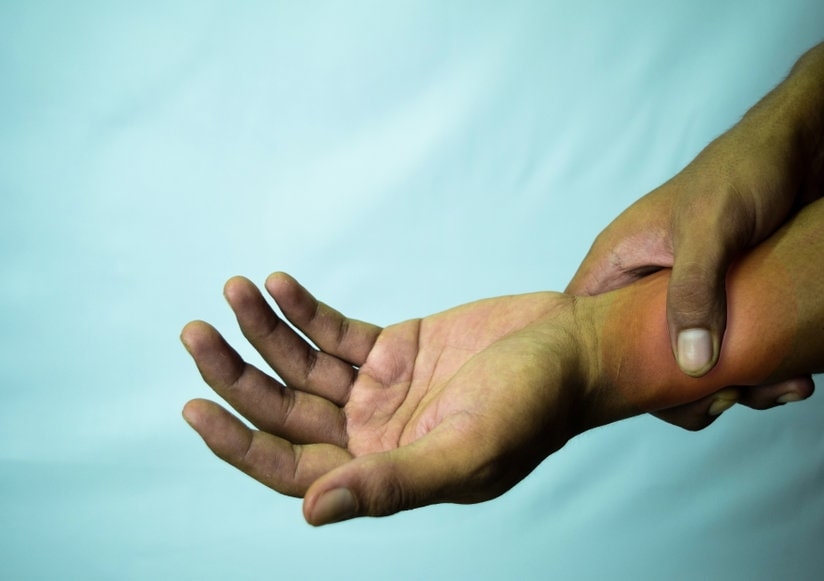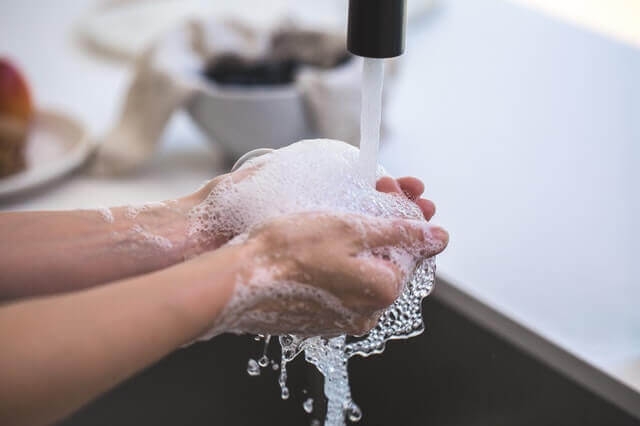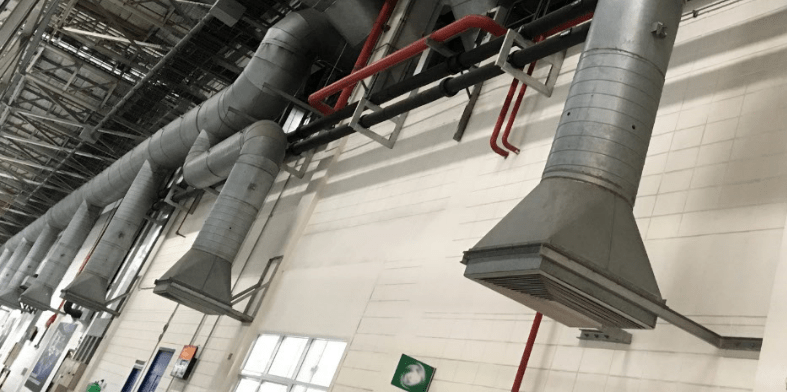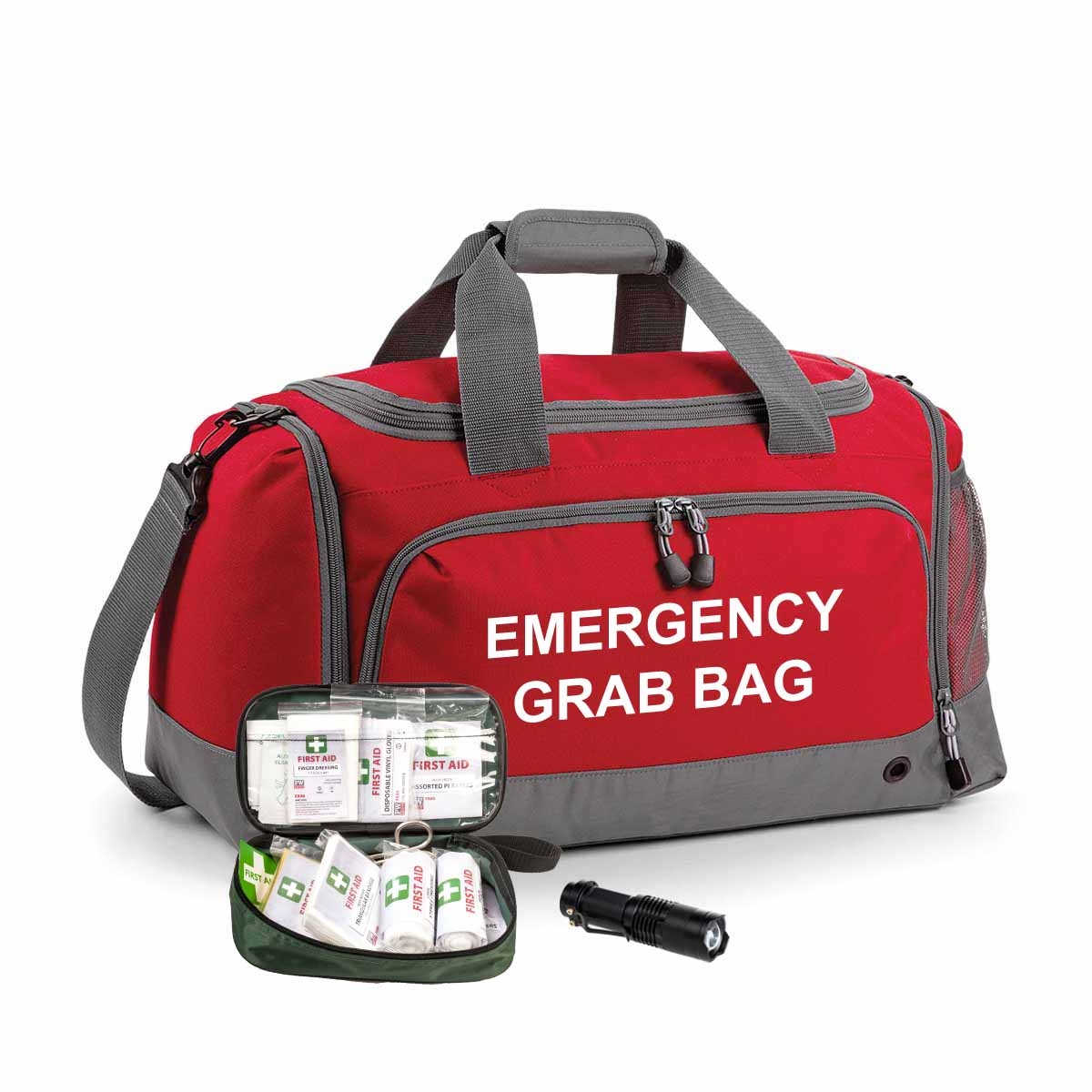In a workplace setting, workplace housekeeping applies to the routine and scheduled cleaning and management of workplace conditions. Housekeeping standards play a significant role in ensuring that orderly workplace conditions are achieved and maintained.
What does workplace housekeeping mean?
A robust programme of housekeeping can help control, mitigate or even eliminate workplace hazards. Unsatisfactory, inadequate housekeeping habits commonly contribute to accidents and incidents. If carelessly discarded litter, rubbish and spillages become the norm, then other, potentially more serious hazards, may be taken for granted and ignored.
Housekeeping is not just about being clean or hygienic, it involves keeping work areas neat, tidy and orderly, maintaining areas with floors free of slip and trip hazards. Regular removal of waste materials (e.g., paper, cardboard, plastics) and other fire hazards from work areas. What is also required is to pay attention to important details such as the layout of the entire workplace, passageway marking (separation of pedestrian and vehicular traffic), the sufficiency of storage facilities, cupboards, drawers, shelving etc. and a managed maintenance programme. Effective housekeeping is also a fundamental part of incident and fire prevention.
Good housekeeping is a continuing operation. It is not a one-time or hit-and-miss clean up carried out occasionally. Periodic "panic" clean ups can be expensive and tend to be ineffective in reducing incidents.
What is the Purpose of Workplace Housekeeping?
Weak, inadequate housekeeping can be a cause of incidents, such as:
- Tripping over loose objects on floors and stairs.
- Being struck by carelessly discarded falling objects.
- Slipping on greasy, wet or dirty surfaces.
- Striking against projecting, poorly stacked items or misplaced material.
- Cutting, puncturing, or tearing the skin of hands or other parts of the body on protruding nails, wire or steel fastenings.
To avoid these hazards (a hazard is something with the potential to cause harm), a workplace must "maintain" orderliness throughout a workday. Although this effort requires a great deal of management, preparation and planning, the benefits are many.
Benefits of Good Housekeeping Practices
Effective workplace housekeeping results in:
- Reduced handling to ease the flow of materials.
- Fewer tripping and slipping incidents in clutter-free and spill-free work areas.
- Reduced fire hazards.
- Decreased worker exposures to hazardous products (e.g. dusts, vapours).
- Greater control of tools and materials, including inventory and supplies.
- More efficient equipment clean up and maintenance.
- Improved hygiene standards leading to improved health.
- Maximising usable space.
- A reduction in property damage by improving preventive maintenance.
- Improved morale.
- Improved productivity (tools and materials will be easier to locate).
How do I Plan and Implement a Housekeeping Programme?
An effective workplace housekeeping programme plans and manages the orderly storage and movement of materials from point of entry to exit. It comprises of a material flow plan to ensure minimal handling. The plan also makes sure that work areas are not used as storage areas by having workers move materials to and from work areas as needed.
The cost of investing in a formal housekeeping programme could easily be offset by the elimination or reduction of repeated handling of the same material and more effective use of the workers' time. It has been concluded that very often, ineffective or inadequate storage planning results in materials being handled many times and being stored in random, hazardous ways. By having a good working knowledge of the workplace layout and the movement of materials will help when planning work procedures.
Employee training is an essential part of any good housekeeping programme. Workers need to know how to work safely with the products they use. They also need to know how to protect other workers such as by posting signs (e.g., " Caution Wet - Slippery Floor", “Lift under repair – Do Not Use”) and reporting any unusual conditions.
Cleaning and organisation must be done regularly, not just at the end of the shift. Incorporating housekeeping into jobs can help ensure this is done. A good housekeeping programme identifies and assigns responsibilities for the following:
- Clean up during the shift.
- Adopt a “Clean as you Go” policy.
- Day-to-day clean up.
- Waste disposal.
- Removal of unused materials.
- Inspection to ensure clean-up is complete.
Do not forget out-of-the-way, infrequently used places such as shelves, basements, sheds, server rooms and boiler rooms that would otherwise be overlooked.
The final step to any housekeeping programme is monitoring and inspection. It is the only way to check for deficiencies in the programme so that changes, if required, can be documented and made within an identified timeframe. To assist in the process, create monitoring / inspection checklists for specific areas, offices, welfare areas, dispatch etc.
What are the Components of and Effective Housekeeping Programme?
Maintenance
The care and maintenance of buildings and equipment may be the most important part of good housekeeping. Maintenance involves keeping buildings, equipment and machinery in safe, efficient working order and in a good state of repair. It includes maintaining sanitary facilities and regularly painting and cleaning walls. Broken windows, damaged doors, defective plumbing and broken floor surfaces can make a workplace look and feel neglected; these conditions can cause incidents and affect work practices. So it is important to replace or fix broken or damaged items as quickly as possible.
A good maintenance programme provides for the inspection, maintenance, upkeep and repair of tools, equipment, machines and processes.
Dust and Dirt Removal
Enclosures and exhaust ventilation systems, especially poorly maintained ones, may fail to collect dust, dirt and debris adequately. Vacuum cleaners are suitable for removing light dust and dirt that is not otherwise hazardous. Industrial models have special fittings for cleaning walls, ceilings, ledges, machinery, and other hard-to-reach places where dust, dirt and debris may accumulate.
Special-purpose vacuums are useful for removing hazardous products. For example, vacuum cleaners fitted with HEPA (high efficiency particulate air) filters may be used to capture fine particles of asbestos or fibreglass.
Dampening (wetting) floors or using sweeping compounds before sweeping reduces the amount of airborne dust. The dust and grime that collect in places like shelves, piping, conduits, light fixtures, reflectors, windows, cupboards and lockers may require manual cleaning and this would ultimately take up more valuable resources.
It should be noted that compressed air should not be used for removing dust, dirt or debris from equipment or work surfaces, it is a very dangerous practice and should be prohibited.
Employee Facilities
Employee facilities need to be adequate, clean and well maintained. Lockers may be necessary for storing employees' personal belongings. Rest room facilities require cleaning once or more each shift. They also need to have a good supply of soap, paper towels plus disinfectants, if needed.
If hazardous products are being used, employee facilities should provide special precautions as needed such as showers, washing facilities and change rooms. Some facilities may require two locker rooms with showers between. Using such double locker rooms allows workers to shower off workplace contaminants and reduces the chance of contaminating their "street clothes" by keeping their work clothes separated from the clothing that they wear home.
Eating or drinking in the work area should be prohibited where hazardous products are handled. The eating area should be separate from the work area and should be cleaned properly each shift.
Surfaces
Floors: Inferior floor conditions are known to be a leading cause of accidents and incidents so cleaning up spilled oil and other liquids without delay is important. Allowing shavings and dust to accumulate can also cause incidents. Trapping shavings and dust before they reach the floor or cleaning them up regularly can prevent their accumulation. Areas that cannot be cleaned continuously, such as entrance ways, should have anti-slip flooring. Keeping floors in good order also means replacing any worn, ripped, or damaged flooring or floor covering that poses a tripping hazard.
Walls: Light-coloured walls reflect light while dirty or dark-coloured walls absorb light. Contrasting colours warn of physical hazards and mark obstructions such as pillars. Paint can highlight railings, guards and other safety equipment, but should never be used as a substitute for guarding.
Maintain Light Fixtures
Dirty light fixtures reduce essential light levels. Clean light fixtures can improve lighting efficiency significantly.
Corridors, Walkways and Stairways
Corridors, walkways and stairways should be wide enough to accommodate people and vehicles comfortably and safely. Aisle space allows for the movement of people, products and materials. Warning signs and mirrors can improve sight-lines in blind corners. Arranging aisles properly encourages people to use them so that they do not take shortcuts through hazardous areas.
Keeping corridors, walkways and stairways clear is important. They should not be used for temporary "overflow" or "bottleneck" storage. Corridors, walkways and stairways also require adequate lighting.
Spill Control
It sounds obvious but the best way to control spills is to stop them before they happen. Regularly cleaning and maintaining machines and equipment is one way. Another is to use drip pans and guards where possible spills might occur. When spills do occur, it is important to clean them up immediately. Absorbent materials, sometimes referred to as “Spill Kits,” are useful for mopping up greasy, oily or other liquid spills. Used absorbents must be disposed of properly, safely and in accordance with local authority requirements.
Tools and Equipment
Tool and equipment housekeeping is very important, whether in the tool room, on the rack, in the yard, or on the bench. Tools require suitable fixtures with marked locations to provide an orderly arrangement. Returning tools promptly after use reduces the chance of it being misplaced or lost. Workers should regularly inspect, clean and repair all tools and take any damaged or worn tools out of service.
Waste Disposal
The regular collection, classification and sorting of scrap contribute to good housekeeping practices. It also makes it possible to separate materials that can be recycled from those going to waste disposal facilities.
Allowing material to build up on the floor wastes time and energy since additional time is required for cleaning it up. Placing scrap containers near where the waste is produced encourages orderly waste disposal and makes collection easier. All waste receptacles should be clearly labelled (e.g., recyclable glass, plastic, scrap metal, etc.).
Storage
Good organisation of stored materials is essential for overcoming material storage problems whether on a temporary or permanent basis. There will also be fewer strain injuries if the amount of handling is reduced, especially if less manual material handling is required. The location of the stockpiles should not interfere with work but they should still be readily available when required. Stored materials should allow at least one metre (or about three feet) of clear space under sprinkler heads.
Stacking cartons and drums on a firm foundation and cross tying them, where necessary, reduces the chance of their movement. Stored materials should not obstruct corridors, walkways, stairs, exits, fire equipment, emergency eyewash fountains, emergency showers, or first aid stations. All storage areas should be clearly marked.
Flammable, combustible, toxic and other hazardous materials should be stored in approved containers in designated areas that are appropriate for the different hazards that they pose.
Need advice and support implementing effective workplace housekeeping standards? Get in touch with our team of Health and Safety Consultants today.







